News
Interview: ‘The First Purge’ Director Gerard McMurray
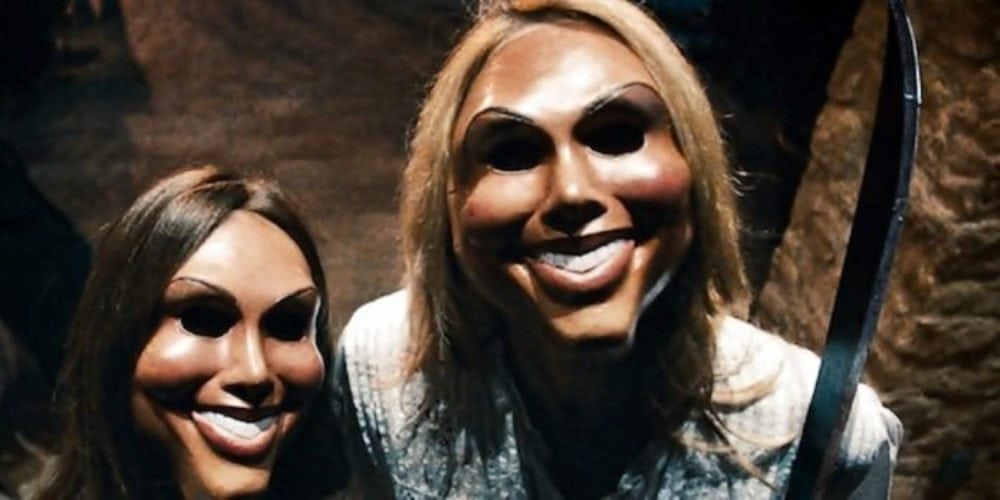
After directing the first three Purge films, James DeMonaco selected Gerard McMurray to direct The First Purge. “After writing and directing three Purge films in five years, I was ready to hand over the directing duties,” says DeMonaco. “Gerard saw the Purge films as I see them—as genre films but also as sociopolitical commentaries about race, and class, and gun control in our country.”
In this interview, Gerard McMurray talks about the making of the making of The First Purge and the unique influences he brought to the film, which details the evolution of Purge Night. The First Purge opens in theaters on July 4.
DG: Gerard, what attracted you to this project?
GM: What attracted me to this particular Purge film was James DeMonaco’s script. It was terrific and took place inside of an urban neighborhood. The story felt very personal to me; it felt like home. I instantly identified with the main characters, and I had a vision immediately. Also, The First Purge has a spirit of resistance that I identify with. My father taught me from an early age to stand up for myself, to fight for what is right, and to protect my community. So, I saw a lot of my own ideals in the main character. The storyline is layered, and I relished the opportunity to make some great political commentary on the present state of our country through a story whose society closely mirrors our own. This is a huge opportunity to do something unique, fresh, and contemporary.
DG: After James DeMonaco directed the first three Purge films, what do you think you brought to this fourth film that’s unique from other directors who might have made this film, including James?
GM: I think I bring a very different cultural tone to the film. This story takes place on Staten Island and follows the journey of a group of Black and Brown people seeking to survive the First Purge night. I grew up in the 7th ward of New Orleans, which is a predominantly Black neighborhood. The characters in this Purge and their journey mirror some experiences that I have had in my lifetime. I feel like my life experience, as a Black man in America, gives me a unique perspective on telling an authentic story about what the Purge could look like inside of an inner-city neighborhood.

DG: Gerard, what was the visual strategy that you and your cinematographer discussed prior to the start of filming, and how would you describe the look and tone of the film?
GM: While defining the look and tone of the film with my cinematographer, I aimed to distinguish this film from the other Purge movies, since it is a prequel, not a sequel. Previous discussions with Blumhouse and Platinum Dunes, made it clear to me that they liked the visual look of my first film, Burning Sands, and wanted to do something closer to it tonally, than they did in other Purge movies.
I explained my vision for this film as an homage to 1990s hood movies. I grew up as a teenager in the ’90s, so movies like Do the Right Thing, Boyz N the Hood, Menace II Society, New Jack City, King of New York, and other films from that era weighed heavily on my choices for shot selection and overall tone. I feel like the contrast between ’90’s-style and a modern horror/action adventure/political thriller make for an interesting interpretation of The First Purge and add a new flavor to the film. Aesthetically, it was important for to me to enhance the texture of the environments, and portray the various cultures represented in the movie with beauty and elegance.
I also wanted the movie to look big, so I chose to do a lot of wide and crane shots, capturing the community while making the action sequences and personal interactions much closer and intimate. I want the audience to feel the dramatic and emotional journeys of the characters, to feel fear with them, as well as love, to get a thrill of the desperation they experienced on Purge night. At moments, we let the camera flow and dance with the characters, to give the audience a feeling of reality and humanity with them showing that, ultimately, the Purge affects everyone—regardless of their skin color and economic status.
DG: How would you describe the mayhem and violence that takes place in this film, compared to the previous films, and what do you think audiences will find most compelling, frightening, about this film?
GM: The previous Purge films all have their own unique personality. I wanted my take on the Purge to stand out. I wanted to return to that intimacy that we saw in the first movie, while incorporating that feeling of being out in the neighborhood, to show all the gleeful mayhem taking place in the streets.
My goal was to keep the Purge violence feeling as real as possible so the type of mayhem and violence in my film echoes things that I fear, which I think makes this film have its own unique level of scariness and terror for audiences. I wanted my film to have a grit and a realness to it that makes people feel like “Wow, this could happen in real life.” The contrast between seeing these very relatable characters have to deal with the realities of Purge night adds a different dimension of scariness to this film.
DG: Other than being an origin film, a prequel, what do you think sets this film apart from the previous three films?
GM: This film is different because it is set during the first Purge night, so the characters don’t really know what to expect. In other Purge films, society has become used to the Purge, and a lot of people even enjoy it. But in this film, no one really knows what to do, so you get a different experience.
Also, this Purge doesn’t spend time in the suburbs, dealing with the experience of middle- and upper-class people. Here, we are in the inner-city, experiencing it through the eyes of the people. Seeing the film from the perspective of the streets and the fear and terror these citizens have gives this film a different feel. As Jay-Z says, “The streets is watching.”
DG: What did the Buffalo filming location bring to this film that’s unique from other locations you might have chosen, and how would you describe the setting of the film?
GM: The City of Buffalo was an amazing place to shoot and Mayor Byron Brown and the Buffalo film commission really showed us love. Having access to every resource the city had to offer was incredibly helpful. Also, I think Buffalo itself lent a certain spirit for this film. When I imagined this Purge, I knew that it had to feel like an American city. American cities have a certain texture that is hard to replicate. Also, considering the setting for the film is the inner-city, I knew that we had to have a certain aesthetic when it came to the people and the environment. Buffalo was a great place to shoot because it has a strong Black and Latino presence. I felt like I could make Buffalo feel like Staten Island—based on the texture of the streets, the stores— and that I could cast local actors that looked like the people I grew up with. Buffalo really offered an authenticity that I liked.
DG: How would you describe the human dynamic that exists in this film?
GM: The human dynamic of my Purge lives within its characters and their varied experiences. I tried to create empathetic characters experiencing the gambit of raw human emotions that the audience can relate to. I also wanted to explore the innate need for human beings to do violent things, to Purge, and to show people giving into this need to Purge and relishing in the freedom that it brings them. I think that we take a multi-faceted approach to showing humanity in this film, and the many different ways humanity can manifest itself on Purge night.
DG: What is the name of Marisa Tomei’s character in this film, and how would you describe her role in this film?
GM: Marisa Tomei’s character is named The Architect because she is the psychologist who came up with the whole idea of The Purge. She feels that Purging is part of humanity, and that if people could give into their desires once a year, it would help alleviate some of the crime and violence that are consuming the country on a daily basis. In that vein, she is simply a scientist testing out her hypothesis in a controlled scientific experiment with human volunteers.
However, her character is also there to show the human side of those in power, and to show a different perspective of someone working with the NFFA. I want to thank Marisa for her honest portrayal, and her immense contribution to our film.
DG: What was the biggest challenge you faced in making this film?
GM: I think the biggest challenge in making this film has come down to making it scary. This film has so many elements, but at its core it is still a horror film. I feel comfortable communicating human emotions to the audience by putting the characters into situations where they experience fear and terror, but those things don’t necessarily translate into a good scare that will get audiences jumping out of their seats. But having the creative input from James DeMonaco, who created the world of The Purge, and producer Sébastien Lemercier helped me to tease out the tension in those moments, which made them scary. I hope that audiences enjoy what we have put together for them.
Listen to the 'Eye On Horror Podcast'

Movie Reviews
Panic Fest 2024 Review: ‘The Ceremony Is About To Begin’
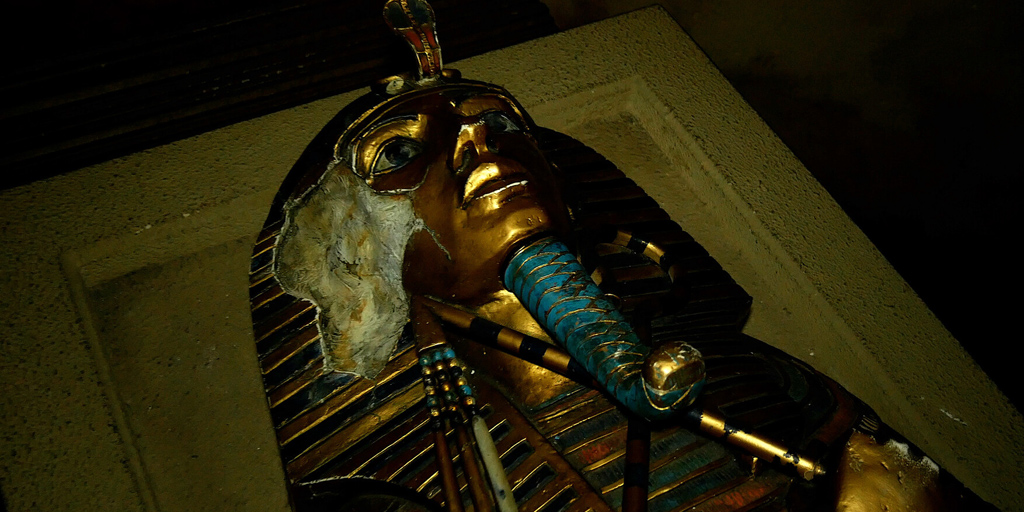
People will look for answers and belonging in the darkest places and the darkest people. The Osiris Collective is a commune predicated upon ancient Egyptian theology and was run by the mysterious Father Osiris. The group boasted dozens of members, each forgoing their old lives for one held in the Egyptian themed land owned by Osiris in Northern California. But the good times take a turn for the worst when in 2018, an upstart member of the collective named Anubis (Chad Westbrook Hinds) reports Osiris disappearing while mountain climbing and declaring himself the new leader. A schism ensued with many members leaving the cult under Anubis’ unhinged leadership. A documentary is being made by a young man named Keith (John Laird) whose fixation with The Osiris Collective stems from his girlfriend Maddy leaving him for the group several years ago. When Keith gets invited to document the commune by Anubis himself, he decides to investigate, only to get wrapped up in horrors he couldn’t even imagine…

The Ceremony Is About To Begin is the latest genre twisting horror film from Red Snow‘s Sean Nichols Lynch. This time tackling cultist horror along with a mockumentary style and the Egyptian mythology theme for the cherry on top. I was a big fan of Red Snow‘s subversiveness of the vampire romance sub-genre and was excited to see what this take would bring. While the movie has some interesting ideas and a decent tension between the meek Keith and the erratic Anubis, it just doesn’t exactly thread everything together in a succinct fashion.
The story begins with a true crime documentary style interviewing former members of The Osiris Collective and sets-up what led the cult to where it is now. This aspect of the storyline, especially Keith’s own personal interest in the cult, made it an interesting plotline. But aside from some clips later on, it doesn’t play as much a factor. The focus is largely on the dynamic between Anubis and Keith, which is toxic to put it lightly. Interestingly, Chad Westbrook Hinds and John Lairds are both credited as writers on The Ceremony Is About To Begin and definitely feel like they’re putting their all into these characters. Anubis is the very definition of a cult leader. Charismatic, philosophical, whimsical, and threateningly dangerous at the drop of a hat.
Yet strangely, the commune is deserted of all cult members. Creating a ghost town that only amps up the danger as Keith documents Anubis’ alleged utopia. A lot of the back and forth between them drags at times as they struggle for control and Anubis keeps continuing to convince Keith to stick around despite the threatening situation. This does lead to a pretty fun and bloody finale that fully leans into mummy horror.
Overall, despite meandering and having a bit of a slow pace, The ceremony Is About To Begin is a fairly entertaining cult, found footage, and mummy horror hybrid. If you want mummies, it delivers on mummies!

Listen to the 'Eye On Horror Podcast'
News
“Mickey Vs. Winnie”: Iconic Childhood Characters Collide in A Terrifying Versus Slasher

iHorror is diving deep into film production with a chilling new project that’s sure to redefine your childhood memories. We’re thrilled to introduce ‘Mickey vs. Winnie,’ a groundbreaking horror slasher directed by Glenn Douglas Packard. This isn’t just any horror slasher; it’s a visceral showdown between twisted versions of childhood favorites Mickey Mouse and Winnie-the-Pooh. ‘Mickey vs. Winnie’ brings together the now-public-domain characters from A. A. Milne’s ‘Winnie-the-Pooh’ books and Mickey Mouse from the 1920s ‘Steamboat Willie’ cartoon in a VS battle like never before seen.
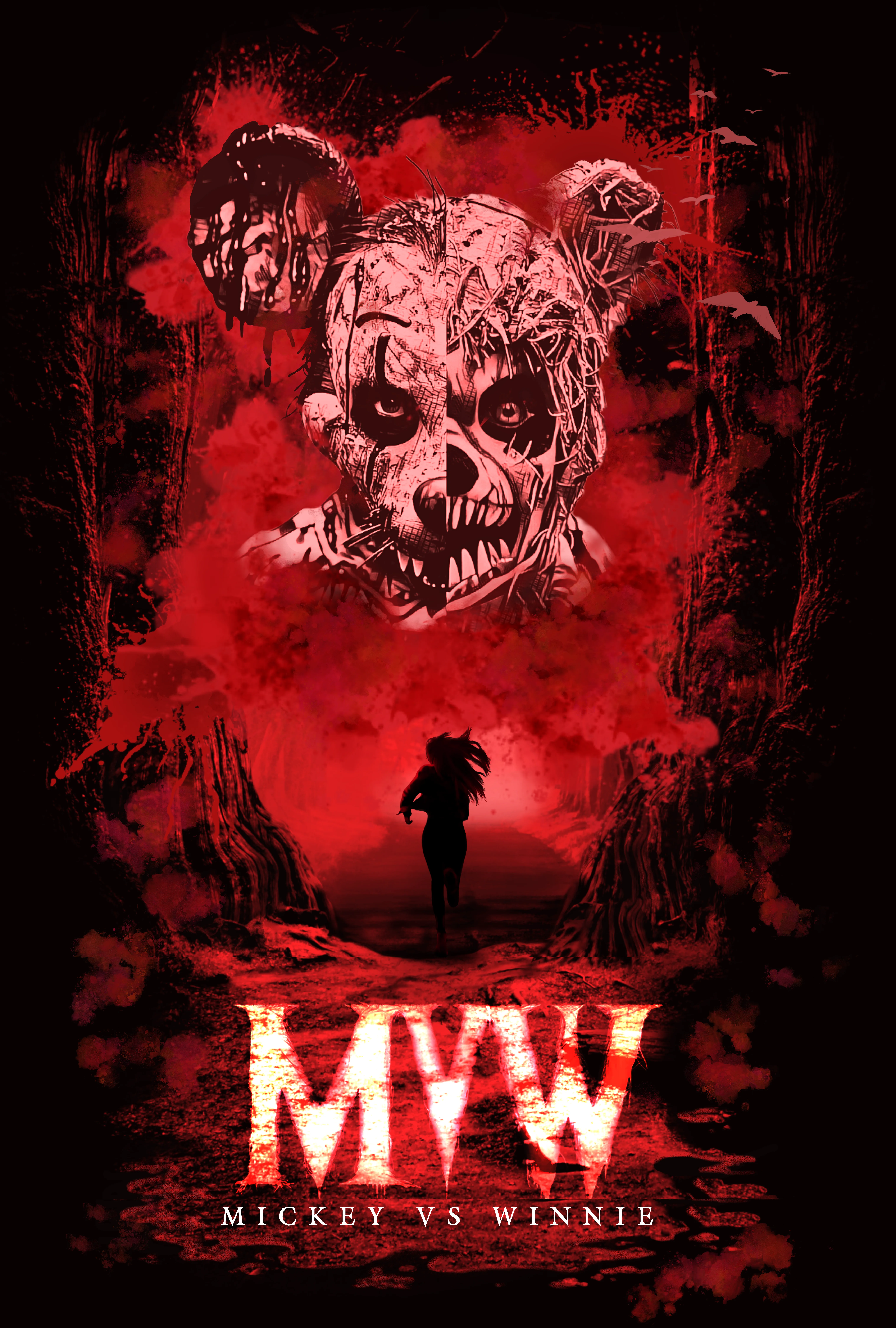
Set in the 1920s, the plot kicks off with a disturbing narrative about two convicts who escape into a cursed forest, only to be swallowed by its dark essence. Fast forward a hundred years, and the story picks up with a group of thrill-seeking friends whose nature getaway goes horribly wrong. They accidentally venture into the same cursed woods, finding themselves face-to-face with the now monstrous versions of Mickey and Winnie. What follows is a night filled with terror, as these beloved characters mutate into horrifying adversaries, unleashing a frenzy of violence and bloodshed.
Glenn Douglas Packard, an Emmy-nominated choreographer turned filmmaker known for his work on “Pitchfork,” brings a unique creative vision to this film. Packard describes “Mickey vs. Winnie” as a tribute to horror fans’ love for iconic crossovers, which often remain just a fantasy due to licensing restrictions. “Our film celebrates the thrill of combining legendary characters in unexpected ways, serving up a nightmarish yet exhilarating cinematic experience,” says Packard.
Produced by Packard and his creative partner Rachel Carter under the Untouchables Entertainment banner, and our very own Anthony Pernicka, founder of iHorror, “Mickey vs. Winnie” promises to deliver an entirely new take on these iconic figures. “Forget what you know about Mickey and Winnie,” Pernicka enthuses. “Our film portrays these characters not as mere masked figures but as transformed, live-action horrors that merge innocence with malevolence. The intense scenes crafted for this movie will change how you see these characters forever.”
Currently underway in Michigan, the production of “Mickey vs. Winnie” is a testament to pushing boundaries, which horror loves to do. As iHorror ventures into producing our own films, we’re excited to share this thrilling, terrifying journey with you, our loyal audience. Stay tuned for more updates as we continue to transform the familiar into the frightful in ways you’ve never imagined.
Listen to the 'Eye On Horror Podcast'
Movies
Mike Flanagan Comes Aboard To Assist in Completion of ‘Shelby Oaks’

If you have been following Chris Stuckmann on YouTube you are aware of the struggles he has had getting his horror movie Shelby Oaks finished. But there’s good news about the project today. Director Mike Flanagan (Ouija: Origin Of Evil, Doctor Sleep and The Haunting) is backing the film as a co-executive producer which might bring it much closer to being released. Flanagan is a part of the collective Intrepid Pictures which also includes Trevor Macy and Melinda Nishioka.
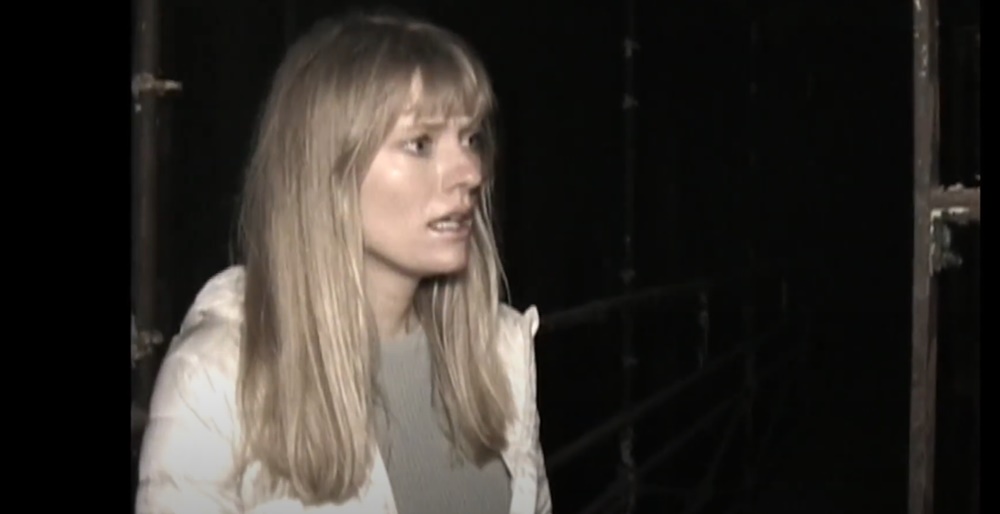
Stuckmann is a YouTube movie critic who’s been on the platform for over a decade. He came under some scrutiny for announcing on his channel two years ago that he would no longer be reviewing films negatively. However contrary to that statement, he did a non-review essay of the panned Madame Web recently saying, that studios strong-arm directors to make films just for the sake of keeping failing franchises alive. It seemed like a critique disguised as a discussion video.
But Stuckmann has his own movie to worry about. In one of Kickstarter’s most successful campaigns, he managed to raise over $1 million for his debut feature film Shelby Oaks which now sits in post-production.
Hopefully, with Flanagan and Intrepid’s help, the road to Shelby Oak’s completion is reaching its end.
“It’s been inspiring to watch Chris working toward his dreams over the past few years, and the tenacity and DIY spirit he displayed while bringing Shelby Oaks to life reminded me so much of my own journey over a decade ago,” Flanagan told Deadline. “It’s been an honor to walk a few steps with him on his path, and to offer support for Chris’ vision for his ambitious, unique movie. I can’t wait to see where he goes from here.”
Stuckmann says Intrepid Pictures has inspired him for years and, “it’s a dream come true to work with Mike and Trevor on my first feature.”
Producer Aaron B. Koontz of Paper Street Pictures has been working with Stuckmann since the beginning is also excited about the collaboration.
“For a film that had such a hard time getting going, it’s remarkable the doors that then opened to us,” said Koontz. “The success of our Kickstarter followed by the on-going leadership and guidance from Mike, Trevor, and Melinda is beyond anything I could have hoped for.”
Deadline describes the plot of Shelby Oaks as follows:
“A combination of documentary, found footage, and traditional film footage styles, Shelby Oaks centers on Mia’s (Camille Sullivan) frantic search for her sister, Riley, (Sarah Durn) who ominously disappeared in the last tape of her “Paranormal Paranoids” investigative series. As Mia’s obsession grows, she begins to suspect that the imaginary demon from Riley’s childhood may have been real.”
Listen to the 'Eye On Horror Podcast'
-
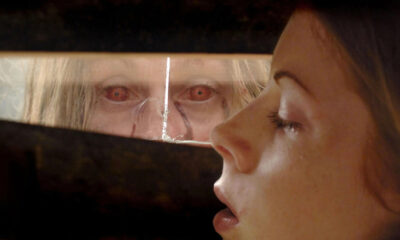
 Movies7 days ago
Movies7 days ago’28 Years Later’ Trilogy Taking Shape With Serious Star Power
-
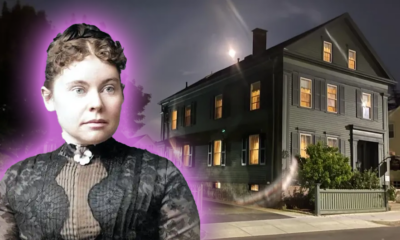
 News6 days ago
News6 days agoWin a Stay at The Lizzie Borden House From Spirit Halloween
-
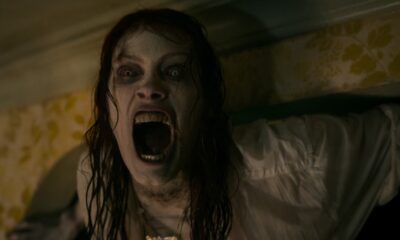
 Movies5 days ago
Movies5 days ago‘Evil Dead’ Film Franchise Getting TWO New Installments
-
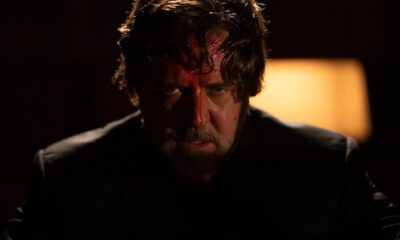
 Movies6 days ago
Movies6 days agoTrailer for ‘The Exorcism’ Has Russell Crowe Possessed
-
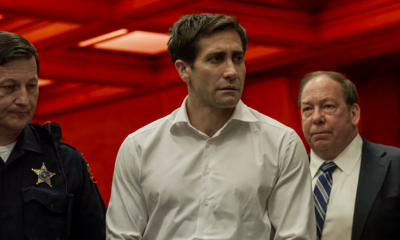
 News6 days ago
News6 days agoJake Gyllenhaal’s Thriller ‘Presumed Innocent’ Series Gets Early Release Date
-
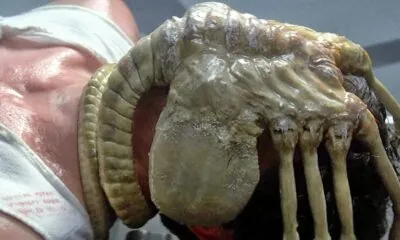
 Movies6 days ago
Movies6 days agoFede Alvarez Teases ‘Alien: Romulus’ With RC Facehugger
-
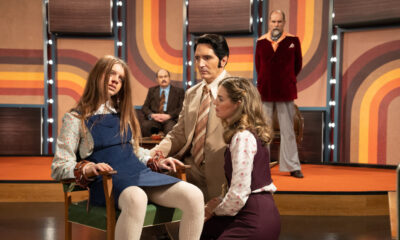
 Movies3 days ago
Movies3 days ago‘Late Night With the Devil’ Brings The Fire to Streaming
-
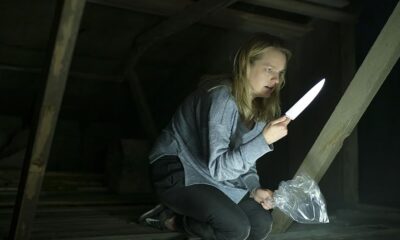
 Movies6 days ago
Movies6 days ago‘Invisible Man 2’ Is “Closer Than Its Ever Been” to Happening
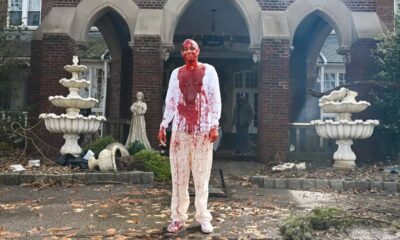

















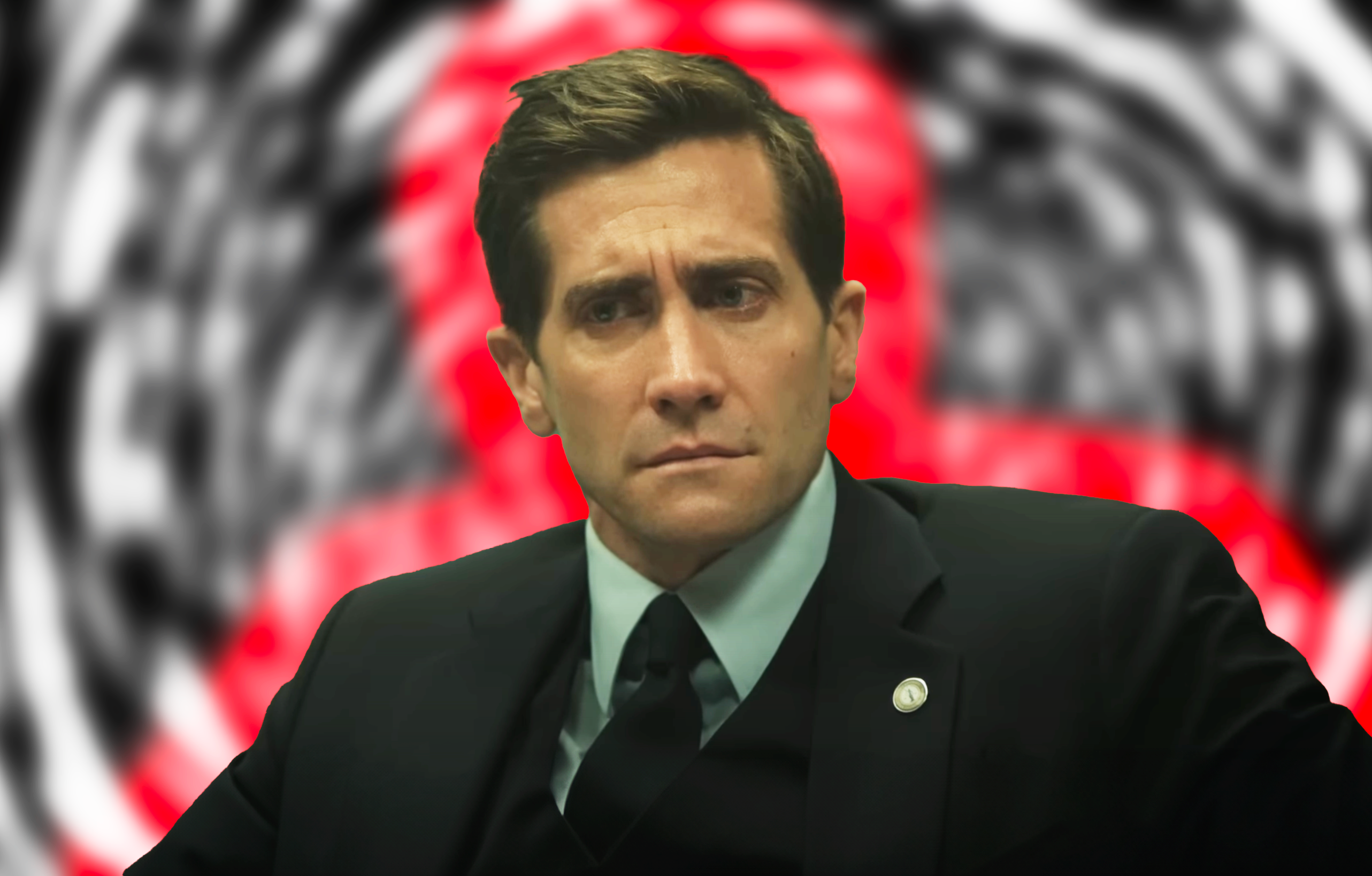







You must be logged in to post a comment Login